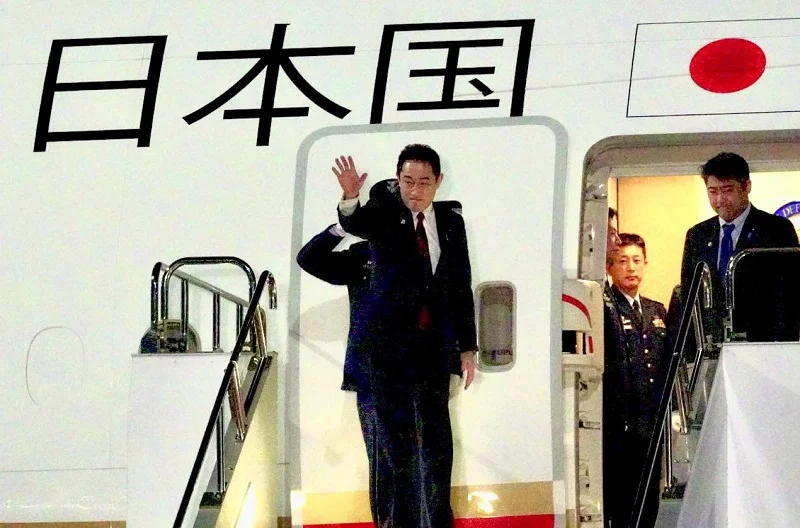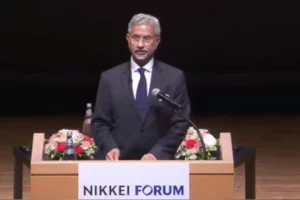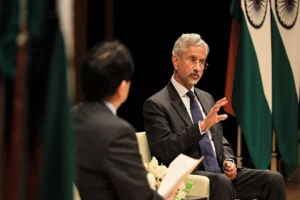Japanese Prime Minister Fumio Kishida’s visit to India – the second in exactly a year’s time—will have huge economic implications, which may not get due attention amid the focus on Indo-Pacific geopolitical strategic affairs.
During his visit to India last year, Kishida announced an investment plan of Rs 3,20,000 crore (5 trillion yen) in the country in the next five years.
Subsequently, in May, Prime Minister Narendra Modi, who was in Japan to attend the QUAD summit, held a meeting with top 30 CEOs of Japanese companies. “Make in India for the World” –was Modi’s message to the Japanese business community.
The Japanese companies are now aggressively expanding in India.
Tokyo, which has directed the chunk of its investments into the sectors like automobile, electronics and consumer durables is now keen to enter the new age economic sectors, which include the digital, gaming and renewable and clean energy space.
“PM Kishida visited India exactly one year ago and this trip is more or less a sudden one. The implications naturally must be scrutinised with a fine toothcomb,” an analyst said.
Suzuki Takashi, Chief Director General, Japan External Trade Organisation (Jetro), India earlier told India Narrative that Japanese investments in China are more diversified when compared to India. “In India, investments are primarily confined to the automobile sector. We now want to make it more diversified,” Takashi said, adding that the next challenge for the industry body is to attract the country’s small and medium enterprises into India.
Several Japanese companies are also looking at setting up their research and development centres in India.
Daikin India is already looking at investing Rs 5 billion over the next three years to establish an R&D centre in Rajasthan’s Neemrana. The new facility is expected to start operations by December. Suzuki, one of the most trusted automobile brands here, has also set up Suzuki R&D Center India Private Limited with the aim to strengthen competitiveness in the country by efficiently linking their R&D departments between India and Japan.
According to a report released in November 2021– undertaken by Nasscom in partnership with the Nomura Research Institute, Japanese investment in India has grown four times since 2016 creating 102,000 jobs.
Meanwhile, Suzuki Hiroshi, Japanese Ambassador to India and Ajay Seth, Economic Affairs Secretary also held talks on the provisions of a 300 billion yen loan for the project for construction of Mumbai-Ahmedabad High Speed Rail (IV) with the introduction of Japan’s Shinkansen system between Mumbai and Ahmedabad.
More and more Japanese companies are also showing keenness to expand their product development facilities for the global markets. “They would manufacture here and then export. Africa and the western countries – are the main regions that the companies would be looking to export their products from India,” Jetro’s Suzuki said, adding that this is in sync with the Aatmanirbhar Bharat plan.
Also read: India and Japan set to advance Special Strategic Global Partnership as Kishida arrives in New Delhi
Kishida to unveil Japan’s new Indo-Pacific strategy in Delhi




















